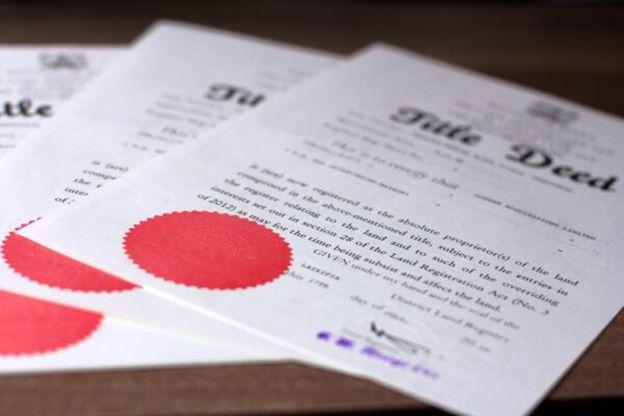Introduction:
Placing a title deed caveat on land in Kenya is a crucial step to protect your interests and ensure the security of your investment. A caveat is a legal notice that restricts any transactions or dealings on a specific property. Whether you are a buyer, seller, or an interested party, understanding the process of placing a title deed caveat is essential. In this article, we will provide you with a step-by-step guide to help you navigate through the process and secure your rights to land investment in Kenya.
Step 1: Obtain the Necessary Documents:
To place a title deed caveat, gather the required documents, including a copy of the land title deed, your identification documents (ID or passport), and any supporting evidence or documents that substantiate your claim or interest in the property.
Step 2: Visit the Land Registry:
Visit the relevant land registry where the land is registered. In Kenya, land registries are typically located in the respective counties. Identify the specific registry that has jurisdiction over the land in question and proceed to the registry office.
Step 3: Complete the Caveat Application Form:
Request an application form for placing a title deed caveat from the registry office. Fill out the form accurately and provide all the necessary information, such as your name, contact details, description of the land, and the nature of your interest or claim.
Step 4: Attach Supporting Documents:
Attach the required supporting documents to your application form. These may include any contracts, agreements, or legal instruments that validate your claim or interest in the land.
Step 5: Pay the Application Fee:
Pay the prescribed application fee at the registry office. The fee may vary depending on the specific land registry and the nature of the caveat. Ensure that you obtain a receipt as proof of payment.
Step 6: Submit the Application:
Submit the completed application form, supporting documents, and payment receipt to the registry office. The officials will review your application and verify the documents.
Step 7: Verification and Approval:
The registry office will conduct a thorough verification process to ascertain the validity of your application and supporting documents. This process may involve checks against existing records, consultations, and investigations if necessary. Once your application is deemed valid, the registry office will approve the title deed caveat.
Step 8: Notification to the Landowner:
Upon approval, the registry office will notify the landowner about the placed caveat. The landowner will have the opportunity to respond to the caveat within a specified timeframe if they wish to challenge or dispute it.
Step 9: Caveat Registration:
Once the notification period expires without any challenges, the registry office will officially register the caveat against the land title deed. This registration effectively restricts any transactions or dealings on the property without your consent or knowledge.
Step 10: Regular Monitoring:
After placing the title deed caveat, it is essential to monitor any activities or developments related to the land. Stay updated with the land registry and seek legal advice if any issues arise or if you need to take further action to protect your interests.
Conclusion:
Placing a title deed caveat on land in Kenya is a critical step to safeguard your rights and interests. By following this step-by-step guide, you can navigate the process effectively and ensure the security of your investment. However, it is crucial to seek legal advice or consult with professionals experienced in land matters to ensure compliance with legal requirements and to protect your interests fully.



